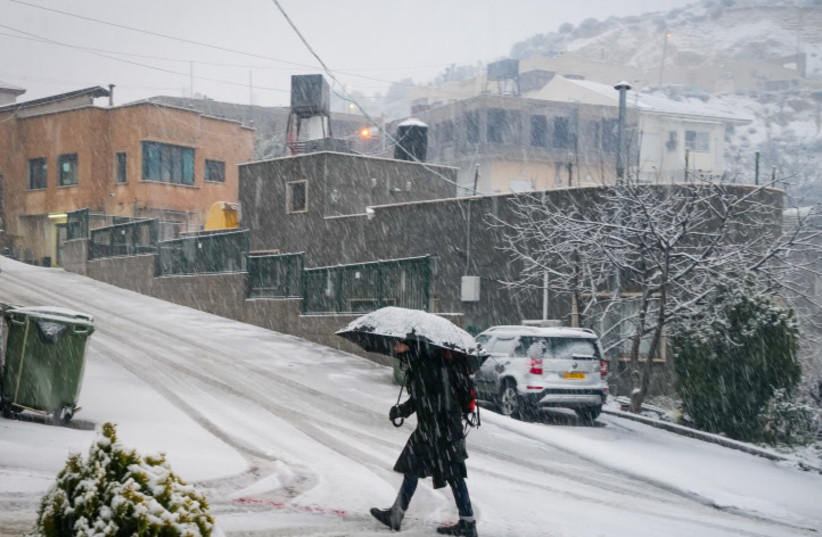Unusually stormy weather around the country that is due in the coming days could endanger pedestrians, construction workers, and emergency teams. The Israel Institute for Occupational Safety and Health (IIOSH) provides tips on how to keep safe when there are high winds and flooding.
In recent years, incidents of flooding in Israel have increased due to the rise in the frequency of extreme rainfall events as a result of the climate crisis. The meteorological center warns of stormy weather and strong winds in the coming days: in the north, in the center of the country, in the Mediterranean Sea, in the northern Negev, and in the southern Negev hills.
In addition, an early warning has been issued for flooding in the northern coastal plain and the central and southern coastal plains.

Steps to stay safe<br><br><br>
He recommends these steps to prepare the workplace for floods and stormy weather:
Check the tightness of roofs and clean them from objects placed on them such as leaves and branches; strengthen loose roof panels; clean gutters and ensure that water flows easily; check dry tree branches (especially eucalyptus trees); strengthen metal and wooden structures such as pergolas and awnings; avoid working at heights if possible.
Use all necessary means to prevent the falling of objects. Secure any object or facility that the wind may move or blow away; don’t operate cranes, assemble or disassemble them in strong winds.
Once the main danger has passed, cleaning and recovery teams go into action to deal with the site. During flooding, cleaning and recovery teams may be exposed to respiratory hazards caused by the release and accumulation of dangerous substances and gases in open or enclosed spaces. To deal with these risks, authorities and workplace managers must conduct risk assessments and manage them to minimize harm to employees, surroundings, property, and infrastructure.
The event manager must ensure that all employees use personal protective equipment and the necessary means of protection to mitigate harm, such as exposure to live power lines during flooding, injuries from the use and operation of faulty and non-professional generators, saws, and ladders.
Ensure that work areas are well-lit, with traffic signs and markings, obstacles, and pits. Continuous risk management throughout the entire work period will allow safe work and protect the lives of recovery teams during floods.
It’s crucial to maintain the regular preparedness of emergency teams. This includes training and exercising teams, updating policies and instructions, maintaining work and rescue equipment, and ensuring its readiness for quick response to sudden events, minimizing damage, and taking control as quickly as possible while mitigating damage and the number of casualties.
“When environmental conditions change and deteriorate due to the impacts of climate change, there will inevitably be implications for the safety and health of workers. Cleaning and recovery face serious health risks in dealing with these dangers. Authorities and workplace managers must take safety guidelines seriously. Safety Institute instructors will continue to visit construction sites to assist and educate managers in identifying risks and taking action to mitigate them at each site, ensuring human life and caring for workplace safety and the lives of workers,” Winkler concluded.
